Does SSD Need Power? Truth About SSD Power Consumption
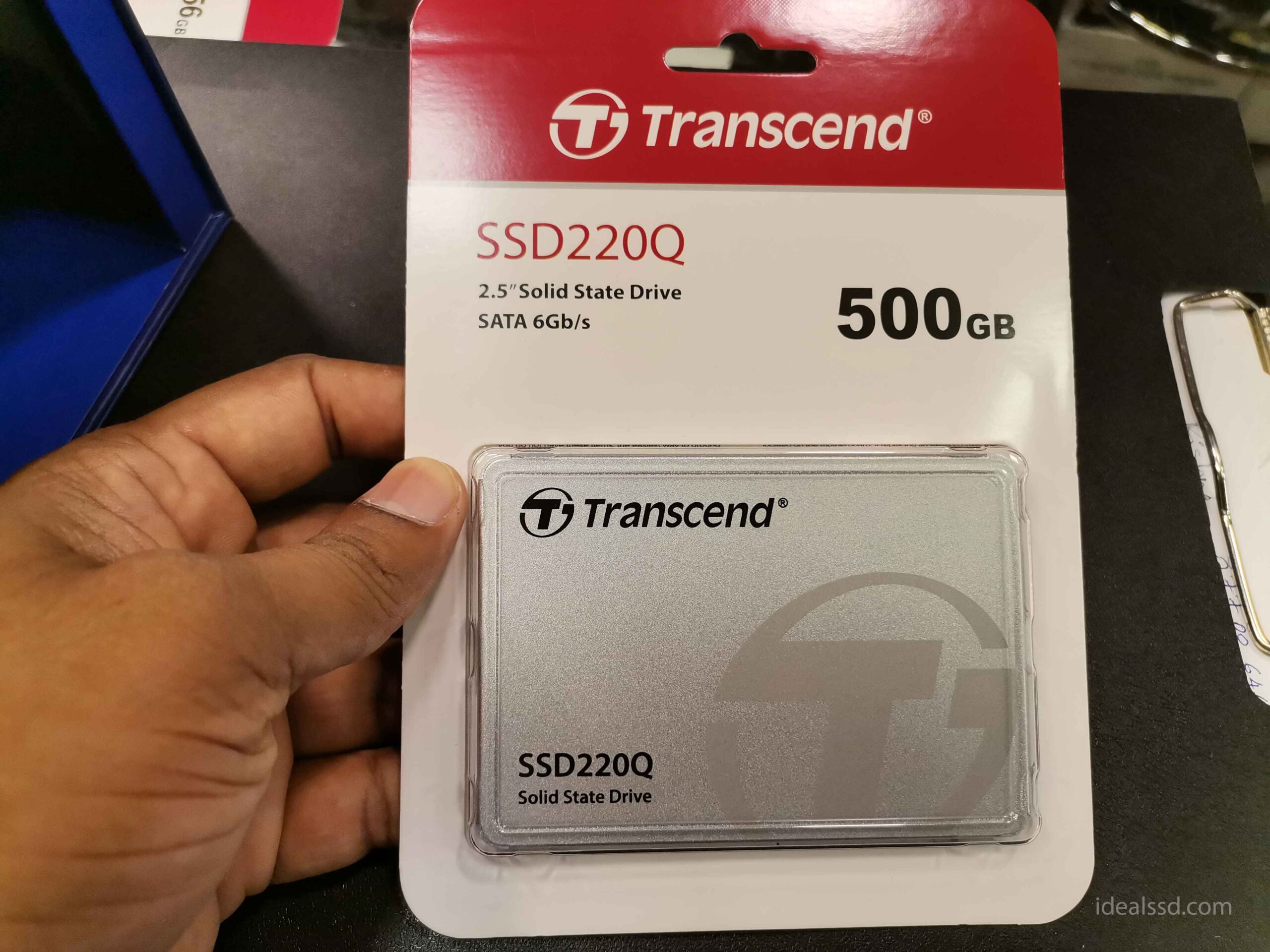
Does your laptop have a Solid State Drive (SSD)? If it doesn’t, you may want to consider upgrading. SSDs are becoming more and more popular because they offer many benefits over traditional hard drives. One of the most common questions people ask about SSDs is whether or not they need power. In this blog post, I will answer that question and discuss the truth about SSD power consumption!
To answer the question the answer is yes, SSDs do need power in order to function. It doesnt matter the form factor is 2.5 SATA, M.2 SATA or NVME. However, the amount of power they require is relatively small compared to hard drives.
Does Your SSD Need Power To Operate?
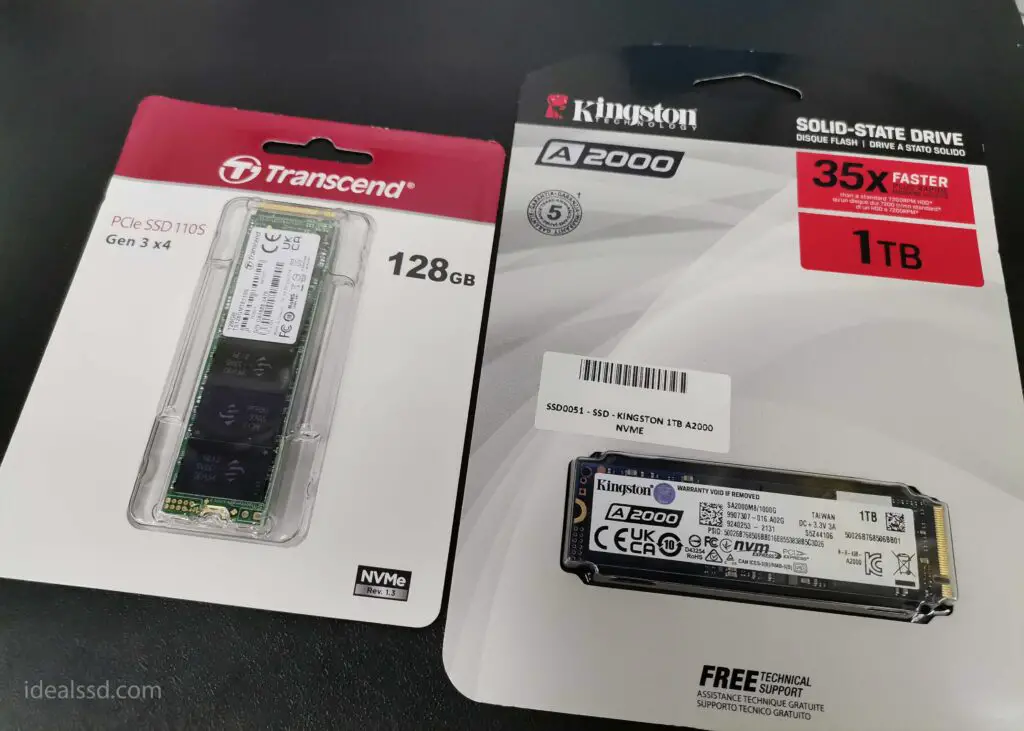
SSDs are a type of data storage device that uses flash memory to store data. In order to write data to an SSD, the device must be powered on and connected to a power source.
When an SSD is powered down, it still retains its data. However, in order to write data to an SSD, the device must be powered on and connected to a power source. This is because writing data to an SSD requires electric current in order to change the state of the transistors.
When the power is turned off, the data is retained by the capacitors which continue to keep the transistors in their current state. To know more about how SSD keep the data eventhough power was gone refer How does SSD store data without power?
SSD Power Consumption and Different Form Factors
In order to determine whether an SSD drive requires its own power supply or not, you must first grasp the many types of SSDs available.
The three most popular SSD types are:
- SATA 2.5″ SSD
- SATA M.2 SSD
- PCIe NVMe M.2 SSD
I already talked about these types of SSDs in my other articles such as What Are the Different Types of SSDs?, but in summary all three of these drives need to be powered in order for them to function.
SATA 2.5″ SSD
The majority of SSDs on the market today are SATA-based, which means they connect to the motherboard via a SATA cable and there is a separate power connector that comes from the power supply unit (PSU).
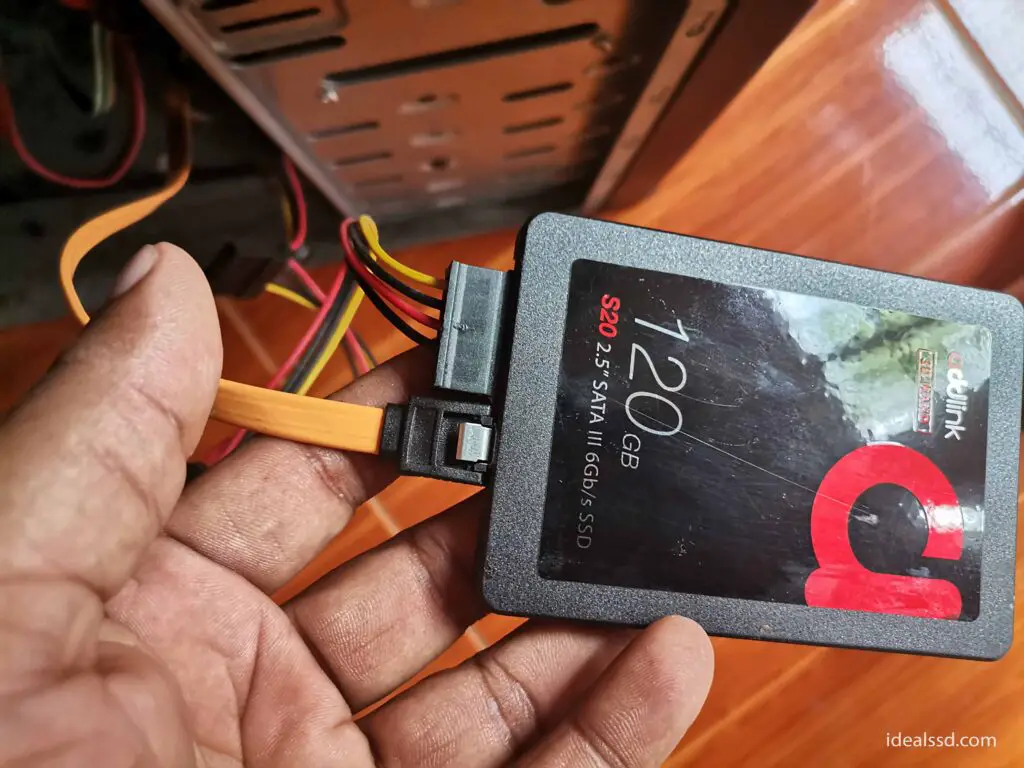
To know more about the cables you need to connect SATA SSD to PC refer What Cables Do I Need For SSD? Simplified Guide.
SATA M.2 SSD
SATA M.2 SSDs are a type of solid-state drive that use the SATA interface. They are designed for use in small form-factor devices, such as ultrabooks and tablets. Since these types are directly connect to the motherboard , they do not require an additional power connector.
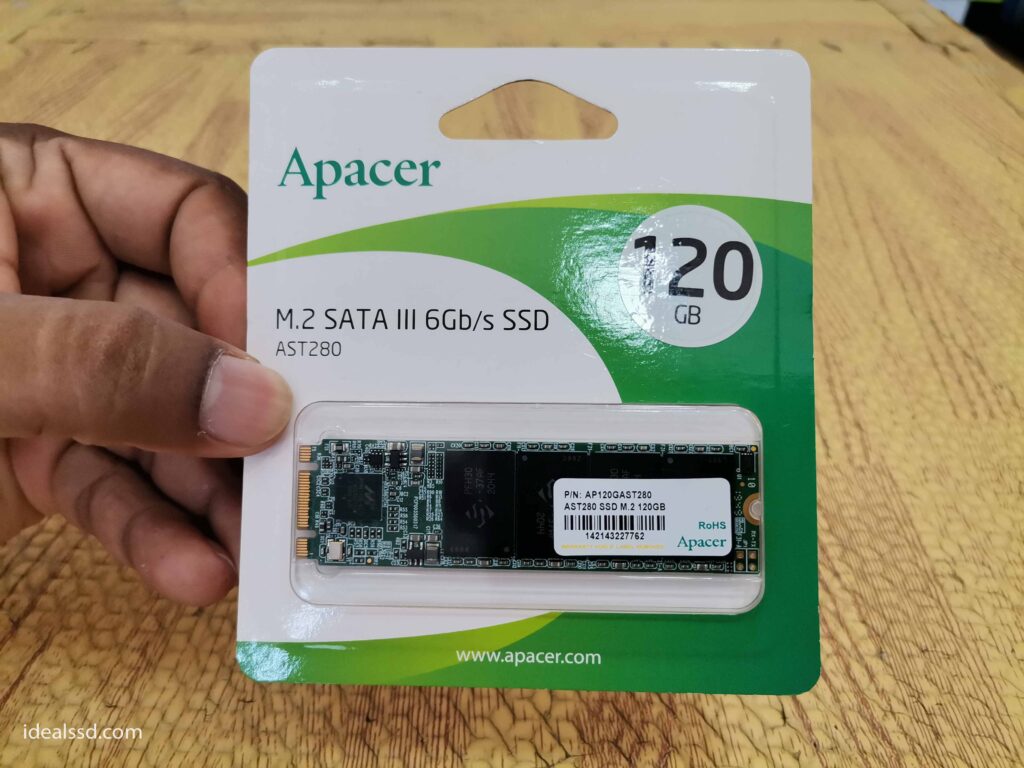
PCIe NVMe M.2 SSD
These are the newest type of SSD on the market and they offer the fastest data transfer speeds. PCIe NVMe M.2 SSDs connect to the motherboard via a PCI Express slot. This one also connects directly to the motherboard and doesn’t require an additional power connector. If you want to know the fastest NVME SSDs available on the market today, refer Which SSD Is the Fastest? In 2023
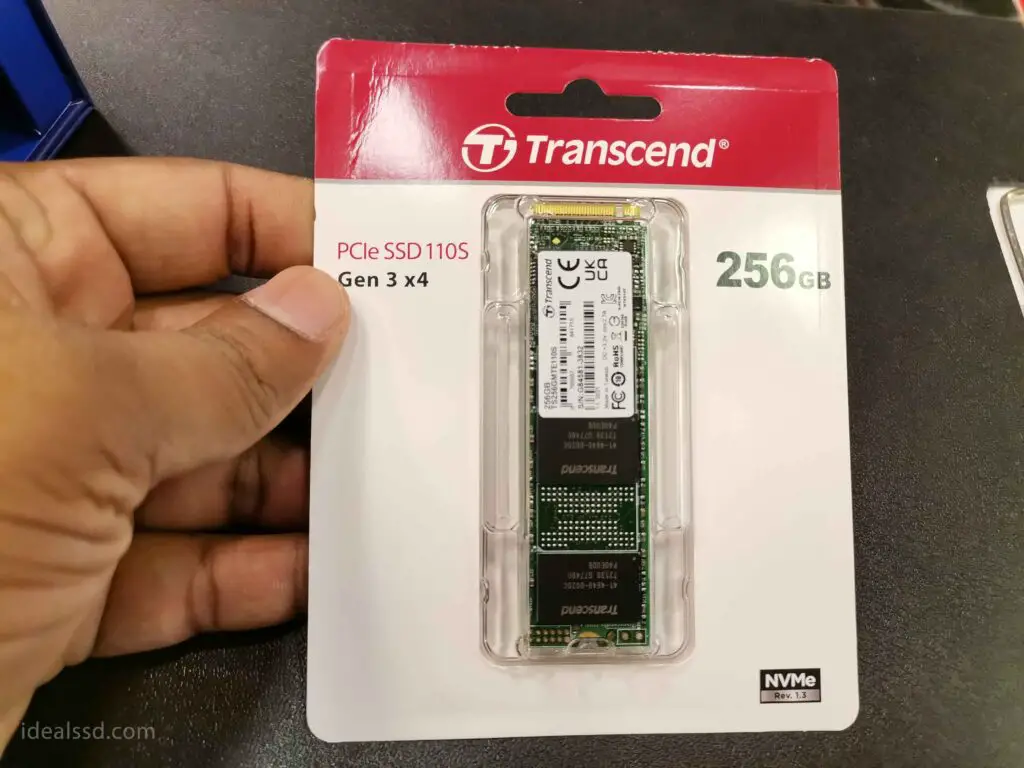
Now that we know all three types of SSDs require power, the next question is: how much power do they really consume?
Factors Affecting to SSD Power Consumption
How much power a solid state drive (SSD) consumes depends on a number of factors.
1) Type of NAND flash memory
The type of NAND flash memory used in a solid state drive (SSD) can have a significant impact on power consumption. MLC (multi-level cell) NAND requires more power to write data than SLC (single-level cell) NAND, but it is also cheaper and denser, so it is often used in consumer-grade SSDs.
TLC (triple-level cell) NAND is even denser than MLC, but it is also slower and more prone to errors. As a result, it is typically only used in enterprise-grade SSDs. While the specific power requirements will vary depending on the design of the SSD, the type of NAND used can have a significant impact on overall power consumption.
2) SSD’s Controller
The SSD’s controller is responsible for managing the data stored on the drive, and it also plays a role in power consumption. More sophisticated controllers tend to be more power-hungry than less complex controllers.
This is because they need to perform more calculations in order to manage the data. However, more complex controllers also tend to be more efficient, so they can still provide good performance while consuming less power overall. As a result, it is important to consider both the power consumption and the performance of an SSD when making a purchase.
3) Number of Channels
Do you heard the terms 3rd Gen , 4th Gen SSDs? These are the number of channels in the SSD’s controller. More channels generally mean more power consumption, but they also allow for higher data transfer rates. Refer PCIe Gen 4 vs PCIe Gen 3 SSD: Truth and Myths
The number of channels supported by the SSD’s controller also impacts power consumption. More channels typically means more power consumption. But this not mean that you should go with a fewer channel SSD. Keep in mind that these tiny details are just for your knowledge, because when the number of channels are higher , the data transfer rate is also higher.
4) How Often DATA is Write or Read
The power consumption of an SSD can be affected by how often data are written to the drive. In general, the more active an SSD is, the higher its power consumption will be. However, there are two specific types of activity that can have a particularly large impact on power consumption: They are
- Idle time
- Peak time.
Idle time is the period when the SSD is inactive and no data is being written or read. Peak time is the period when the highest volume of data is being written or read.
Therefore, if an SSD is frequently accessed during peak times, its power consumption will be higher than if it is only accessed during idle times.
Does SSD Consume Less Power Than an HDD?
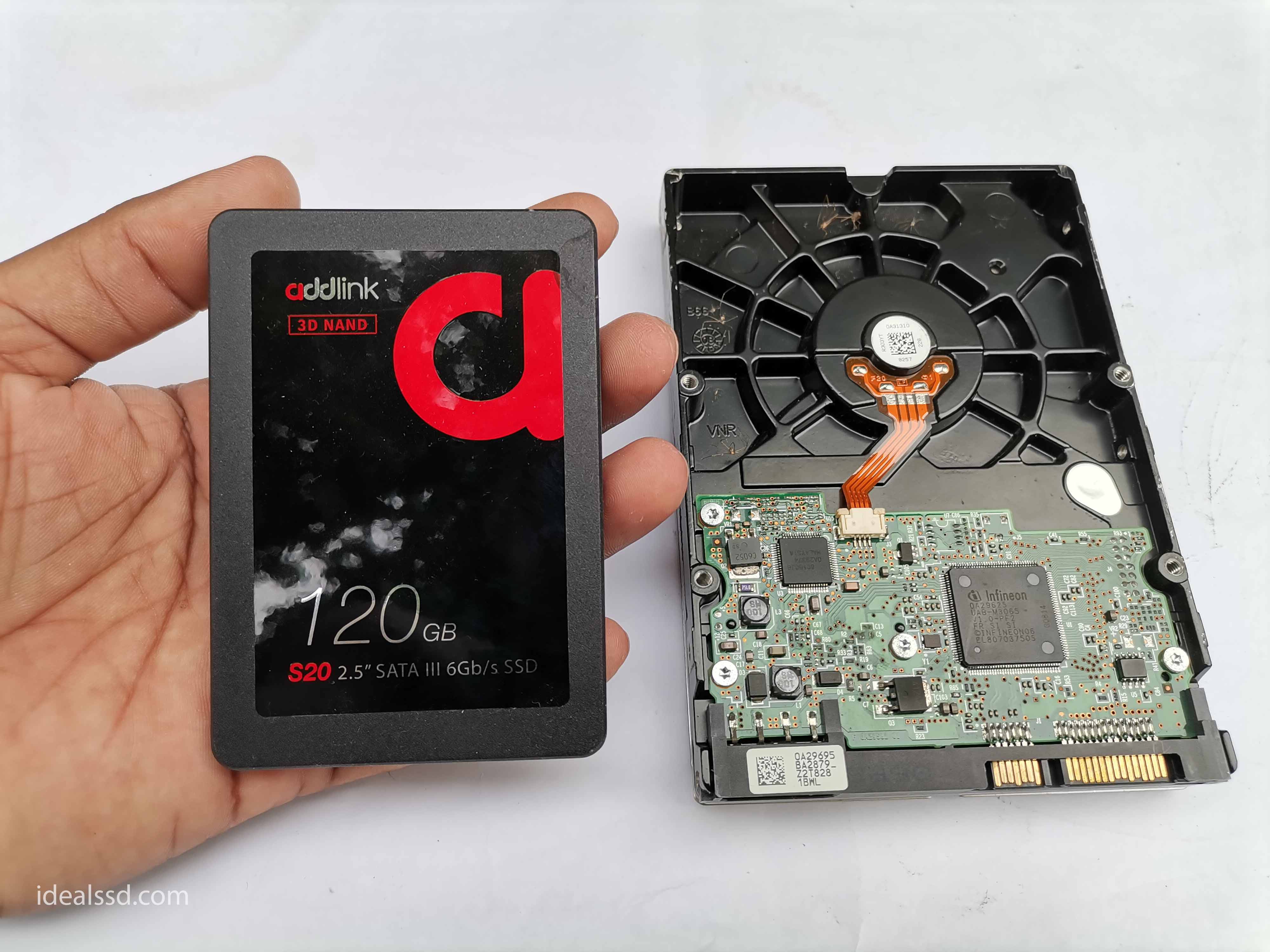
SSDs are known for their power efficiency when compared to HDDs. This is due to the fact that SSDs don’t have any moving parts, which require power to function. If we take a regular HDD a power cosumption can be listed as below.
| 2.5″ Hard Disk Drive HDD | 0.7 to 3 W |
| 3.5″ Hard Disk Drive HDD | 6.5 to 9 W |
If we take a SSD they will usually operate inbetween 0.6 to 2.8 W.
HDDs need power to spin the disks and move the read/write head, whereas SSDs only need power when data is being written or erased from the drive. This power efficiency makes SSDs ideal for mobile devices, as they can help to extend battery life.
In addition, SSDs are also more resilient to changes in temperature and vibration than HDDs, making them less likely to fail in challenging environments. As a result, SSDs offer a number of advantages in terms of power usage and data storage.
This means that an SSD can operate at a lower power state most of the time, which leads to overall lower power consumption. In fact, the total power consumption of an SSD can be up to 50% lower than an HDD. This difference is even more pronounced in laptops and other mobile devices, where power usage is a major concern.
So , if you’re looking to save power and improve efficiency, an SSD is the way to go.
How Much Power Does an SSD Use?
When you go to purchase SSDs you will see that there are SSDs from different brands with different wattage power usage. Brands like Western digital, Sabrent, Crucial, Samsung are some of the top SSD manufacturers. There are other bufget friendly brands like Adata, Addlink , Kingston A400, which are also good.
So depend on the brand the power usage will be different for each one. Another factor is form factor. SATA, mSATA, NVME (PCIE SSD) will have different power consumption. So if you want a detail comparison of power usage between each manufacture of these SSDs wait. I am already working on it and will post results soon.
SATA SSDs tend to have a maximum power consumption below 4W, while lower-end NVMe are around 3.5W and the higher-end can be up to 8.5W or more.
Of course if the SSD is in idle state it will consume less power but if you are power user who is always working or gaming on PC the power usage will be more as the SSD will be busy most of the time.
Do Not Worry Too Much!
While it’s true that SSDs are more power efficient than HDDs, the difference is usually very small and is unlikely to be a significant factor for most users. However, these numbers become much more important when you’re talking about large data centers with thousands of drives. For a hosting company that is investing in a large-scale data center, the power savings from using SSDs can be significant.
Even for them it is not a big number to worry about. As long as you purchase a brand name SSD from a good manufacturer you will be fine. Does SSD Brand Matter? 4 Reasons Why
FAQ
1) Does M.2 SSD Need Power?
The answer is yes – all electronic devices need power in order to operate, and SSDs are no exception. M.2 is a form factor for SSDs, and it does not matter what the form factor is – all SSDs need power inorder to work.
2) Does NVME SSD Need Power?
Yes NVME SSD need power to operate but unlike SATA SSD, NVME does not need external power cable. The NVMe specification defines a host-to-controller interface that uses standard PCIe bus signaling levels. The controller itself is powered by the PCIe bus, and no additional power connectors are required.

